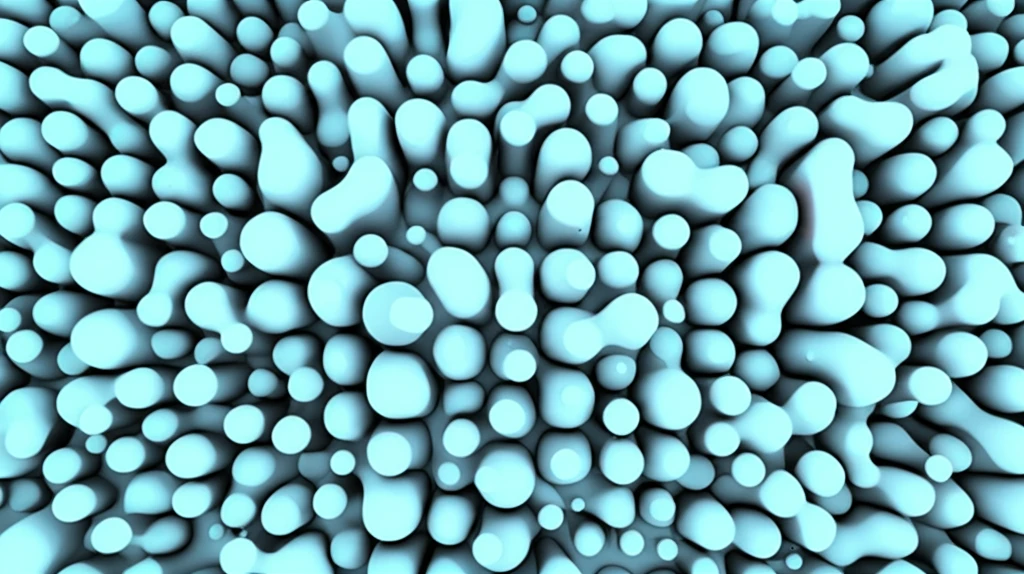
Unlocking Plastic's Secrets: How Molecular Movements Could Revolutionize Material Design
"New research reveals how understanding molecular relaxations in polypropylene can lead to stronger, more durable plastics, impacting everything from packaging to car manufacturing."
For decades, the quest to understand the inner workings of plastics has captivated scientists and engineers alike. Polymers, the long-chain molecules that make up plastics, exhibit a complex behavior that dictates the material's overall strength, flexibility, and resistance to wear and tear. Now, new research is shedding light on a crucial aspect of this behavior: the movement of molecules within the plastic structure, known as molecular relaxations.
A recent study published in Macromolecules delves into the thermal stability of dislocations— essentially, defects—within isotactic polypropylene, a widely used type of plastic. By observing how these dislocations behave under different temperatures, researchers are gaining unprecedented insights into how molecular relaxations influence the material's properties. This knowledge could unlock the door to designing plastics that are stronger, more resilient, and tailored for specific applications.
Think about it: stronger food packaging that prevents spoilage, more durable car parts that extend vehicle lifespan, or even advanced medical devices with enhanced biocompatibility. The possibilities are vast, and it all starts with understanding how molecules move within the plastic.
The Science of Plastic Movement: Dislocations and Molecular Relaxations

The study focuses on isotactic polypropylene (iPP), a type of polypropylene where the methyl groups are arranged on the same side of the polymer chain, enhancing its crystallinity and strength. Researchers subjected iPP samples to extreme cold rolling, a process that introduces a high number of dislocations into the material's crystalline structure. These dislocations, or lattice defects, are essentially points where the regular arrangement of molecules is disrupted. Think of it like a wrinkle in a fabric.
- Beta (β) Relaxation: Occurs at the glass transition temperature (around 10°C for polypropylene). This relaxation is associated with increased chain mobility in the amorphous regions of the plastic, reducing back-stresses on the crystalline areas.
- Alpha (α) Relaxation: Occurs at higher temperatures (around 85°C). This relaxation involves defect propagations within the crystalline lamellae and the amorphous phase, leading to recrystallization of intralamellar mosaic blocks.
- Dislocation Density Reduction: The study demonstrates that dislocations can be annihilated or moved into the amorphous phase through thermal activation during these relaxation processes.
The Future of Plastics: Tailoring Materials at the Molecular Level
This research opens exciting new avenues for designing plastics with specific properties by controlling the molecular relaxations within the material. By carefully manipulating the temperature and processing conditions, it may be possible to fine-tune the dislocation density and create plastics that are stronger, more durable, or more flexible, depending on the desired application. Imagine plastics that can withstand extreme temperatures, resist wear and tear, or even biodegrade more easily. The possibilities are endless.
